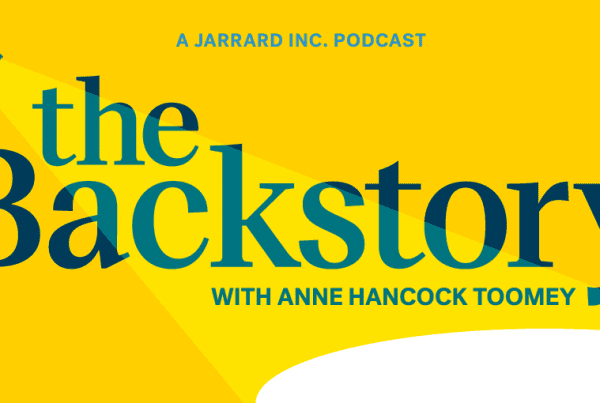The Big Story: Medcast on SNL
“A commercial for a new, innovative way to get men to go to the doctor.”
A new way to get patients through the door?
By Kim Fox and Pattie Cuen
2-minute read
No, seriously, how do you reach patients today to get them in the door and help them keep themselves as healthy as possible? And give them a great experience…a new experience?
Try adding a bit of fun to the mix. Not quite to the SNL degree. But you get the drift.
The line between entertainment and information and self-care is blurring into nothingness these days, as evidenced by social media and podcasters Joe Rogan and Alex Cooper of Call Her Daddy. As one commenter on the SNL video said, “As a dr, can confirm 100%. Self-diagnosing through TikTok is a real problem.”
And of course, trust is fragile. Trust in institutions, including those in our industry. The healthcare system has taken hit after hit since the pandemic, with people wondering whether the industry has their best interest at heart.
With all of that in play, healthcare marketers could be forgiven for wondering if the future of healthcare delivery is the experience that SNL just invented? Are traditional providers the equivalent of “legacy media”?
It could work
Look again to comments on the SNL video. @anotherplottwist says, “😂😂 This would work better than you’d expect.”
The skit spotlights that the traditional way we access healthcare is so dated. It’s drudgery at best. The rinse-and-repeat scenario:
Call for appointment (because of course the online portal isn’t working). Score one five weeks from now. Drive to the office. Check in, fill out a big form, maybe pay but maybe it’s 10% covered, sit in the lobby, avoid eye contact, get called back, answer questions as the nurse types, disrobe, sit in the cold room for 30 minutes waiting, spend 10 minutes with the doctor to discuss one issue (even though you’d really like to talk about three), get a prescription, leave.
A bit awkward and outdated, no?
There was a hope that virtual appointments would transform that process. It hasn’t. Will wearables break the cycle, informing our care teams of all the details before we visit? Maybe.
Whatever it is, the care experience – especially for front-door type of care like primary care – needs some innovation. Some fun, as much as that’s possible for an inherently uncomfortable and off-putting situation. More convenience, clarity and friendly language at a minimum.
And trust us, we know and applaud those healthcare organizations that are trying to home in on the right way to reach people.
Blend change and tradition
Back to the skit, which illustrates the disconnect between how healthcare is delivered and how parts of the population – in this case men ages 20-40 – might prefer to receive it.
Two words: “Push yourself.’ A thoughtful mix of tradition and innovation can be incredibly powerful. First, define the core of what works from a patient experience perspective and keep at it. Then, take a few risks. Try new approaches, invest in new models and – critically – get measurement and feedback along the way. Be willing to either go all in on something with promise even if it’s uncomfortable and/or axing what doesn’t work (new or old).
Worth noting here that “anything that doesn’t work” could include an inability to reach specific audiences just as much as deficiencies in specific tactics or channels. Parts of the population may not have a preferred model for care delivery or patient experience because they don’t want to deal with healthcare at all. Like men in their 30s who’d rather than doing just about anything other than, well, you get the point.
So, as you kick off the new year with whatever budget and plans you put in place in Q4 of last year, try to have some fun. Open the door to new ideas, new channels, new messages, new messengers. Look for inspiration in unexpected places, because it can come from anywhere. Even late on a Saturday night.
Contributors: Tommy Barbee, David Shifrin, David Jarrard, Emme Nelson Baxter
Image Credit: Shannon Threadgill




